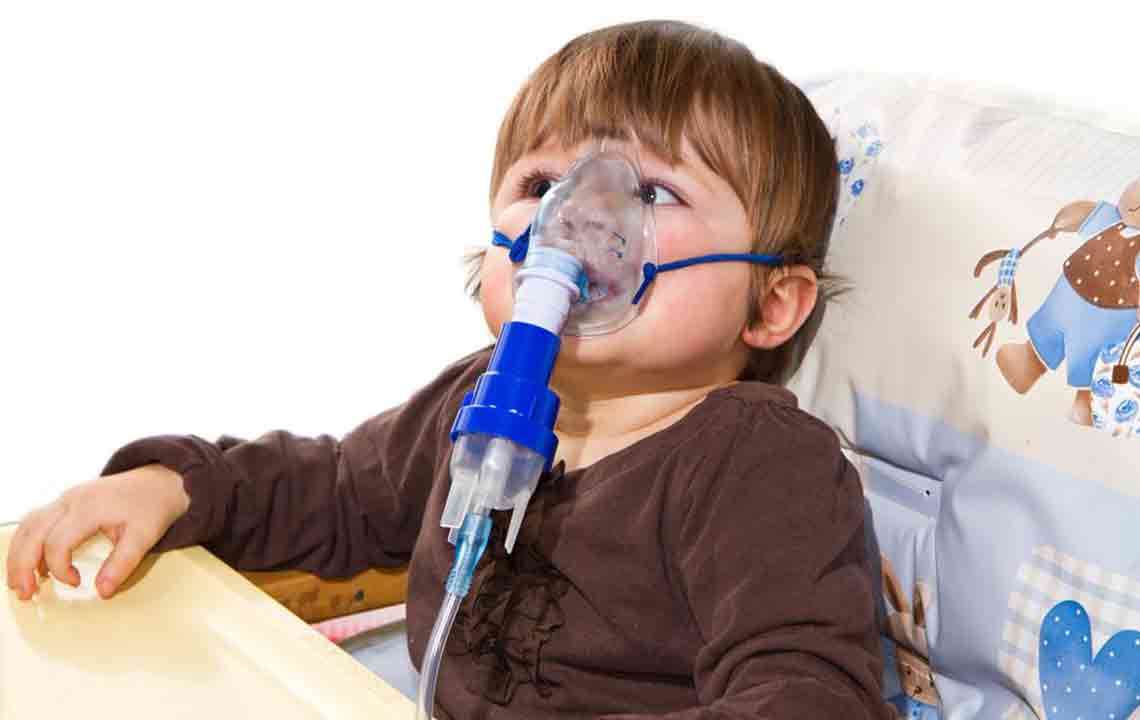Comprehensive Guide to Pneumonia: Causes, Symptoms, Prevention, and Treatment Strategies
This comprehensive article explores pneumonia's causes, symptoms, types, transmission, and treatment options. It provides vital prevention strategies, including vaccines and hygiene tips, emphasizing the importance of early diagnosis. Suitable for all age groups, especially vulnerable populations, the guide covers bacterial, viral, fungal, and atypical pneumonia, offering practical insights into managing and preventing this widespread lung infection.

Comprehensive Guide to Pneumonia: Causes, Symptoms, Prevention, and Treatment Strategies
In recent years, the increase in environmental pollution has contributed significantly to the rise of respiratory illnesses worldwide. Among these, pneumonia remains one of the most common and potentially dangerous lung infections. Understanding the complexities of pneumonia—its causes, symptoms, modes of transmission, and treatment options—is essential for individuals and healthcare professionals alike to manage and prevent this illness effectively.
In this extensive guide, we delve into everything you need to know about pneumonia, from how it develops to the latest prevention and treatment methods. Whether you're seeking information for personal health reasons or looking to expand your knowledge about respiratory diseases, this article provides comprehensive insights into pneumonia.
What Is Pneumonia?
Pneumonia is an acute or chronic infection characterized by inflammation of the alveoli—tiny air sacs within the lungs responsible for oxygen exchange. When these alveoli become inflamed or filled with pus, fluid, or other immune cells, it hampers the lungs' ability to efficiently transfer oxygen into the bloodstream, leading to breathing difficulties and systemic illness.
This condition can affect individuals of all ages, but certain groups—such as young children, older adults, and immunocompromised individuals—are more vulnerable to severe complications. Recognizing the signs early and understanding the different types of pneumonia are vital for prompt treatment and recovery.
The primary causative agent of pneumonia is bacteria, with Streptococcus pneumoniae being the most common. However, various other pathogens—viruses, fungi, and atypical bacteria—can also lead to pneumonia, influencing how the disease presents and how it is treated.
Types of Pneumonia Classified by Pathogen
Pneumonia is categorized based on the infectious organism responsible for the infection. Differentiating these types is crucial for effective treatment and management.
Bacterial Pneumonia: This is the most prevalent form, frequently caused by Streptococcus pneumoniae. Other bacterial agents include Chlamydophila pneumoniae, Legionella pneumophila, and Haemophilus influenzae. Symptoms tend to develop rapidly and include high fever, chills, chest pain, and productive cough.
Viral Pneumonia: Caused by respiratory viruses such as influenza, respiratory syncytial virus (RSV), and, more recently, the coronavirus SARS-CoV-2. Viral pneumonia often begins with symptoms similar to the flu, including fever, cough, sore throat, and fatigue, but can sometimes progress to more severe respiratory failure, especially in vulnerable populations.
Mycoplasma Pneumonia: Caused by Mycoplasma pneumoniae, this form differs from typical bacterial pneumonia. It is often less severe and commonly affects older children and young adults. Symptoms include a dry cough, mild fever, and sore throat.
Fungal Pneumonia: Resulting from fungal infections like Coccidioides, Histoplasma, or Aspergillus spp., fungal pneumonia predominantly afflicts immunocompromised individuals or those exposed to contaminated soil or bird droppings. Symptoms can be insidious and mimic other respiratory conditions.
Classification Based on Infection Source
Pneumonia can also be classified depending on where the infection was contracted, which influences clinical management and prognosis.
Hospital-acquired Pneumonia (HAP): This type develops during a hospital stay, especially in intensive care units. It often involves multidrug-resistant bacteria and complicates patient recovery, particularly in those on ventilators (ventilator-associated pneumonia).
Community-acquired Pneumonia (CAP): Contracted outside healthcare facilities, CAP is more common during cold seasons, associated with household or social contact.
How Contagious Is Pneumonia?
The contagiousness of pneumonia varies based on the type. Certain forms like tuberculosis are highly infectious and spread through droplets in coughs or sneezes, potentially infecting others over several weeks. Other types, particularly viral pneumonia, can also spread easily but tend to become less infectious as symptoms resolve and appropriate treatment begins.
Transmission typically occurs via respiratory droplets expelled during coughing, sneezing, or talking. Close contact and poor hygiene practices increase the risk of spread. It's crucial to understand the transmission dynamics to implement effective prevention strategies.
Recognizing Pneumonia Symptoms
The symptoms of pneumonia can vary depending on the pathogen involved, age, overall health, and severity of infection.
Common Symptoms Across Types: Persistent cough producing mucus, fever, chills, chest pain during breathing or coughing, shortness of breath, fatigue, and sweating. In severe cases, confusion, bluish lips or face, and high fever are also observed.
Symptoms by Pathogen
Viral Pneumonia: Often begins with flu-like symptoms—sore throat, runny nose—progressing to high fever, chills, cough, and difficulty breathing.
Bacterial Pneumonia: Characterized by sudden onset of high fever (potentially over 40°C or 104°F), chest pain, sweating, bluish lips due to oxygen deficiency, and mental confusion in older adults.
Symptoms Based on Age Group
Infants: Vomiting, lethargy, poor feeding, and rapid breathing.
Children Under 5: Increased respiratory rate, tiredness, reduced appetite.
Older Adults: Fever may be less prominent; instead, they exhibit weakness, confusion, and decline in physical activity.
Medical Treatment and Prevention of Pneumonia
Effective management of pneumonia depends largely on its cause, severity, and the patient's health status.
Bacterial Pneumonia: Antibiotics are the primary treatment and are highly effective when administered promptly. The choice of antibiotics depends on the suspected bacteria and resistance patterns.
Viral Pneumonia: Management includes rest, adequate hydration, and antiviral medications where applicable. Supportive care like oxygen therapy may be necessary in severe cases.
Fungal Pneumonia: Treated with targeted antifungal drugs tailored to the specific fungal pathogen involved.
Prevention strategies are vital in reducing pneumonia incidence. Vaccinations against pneumococcus, influenza, and COVID-19 vaccines significantly lower the risk, especially for high-risk groups. Maintaining good hygiene, avoiding smoking, and ensuring proper nutrition also contribute to lung health.
If you experience symptoms of pneumonia, especially in vulnerable populations, seek medical attention promptly. Early diagnosis and treatment can prevent complications and enhance recovery.





